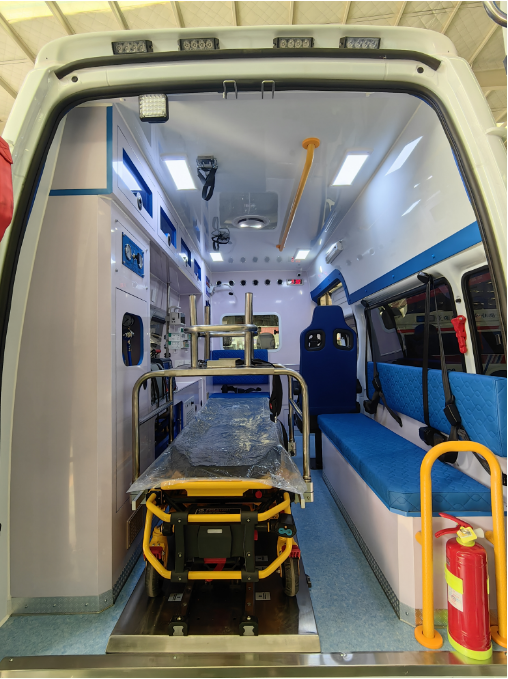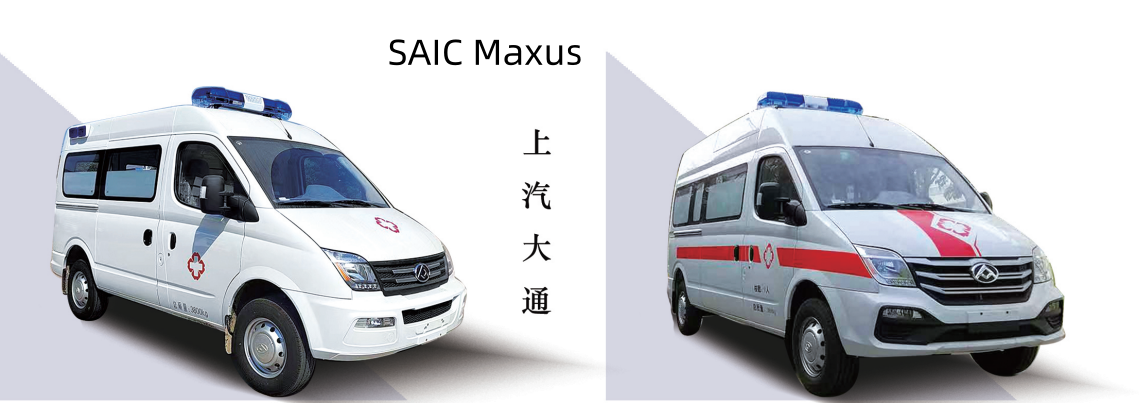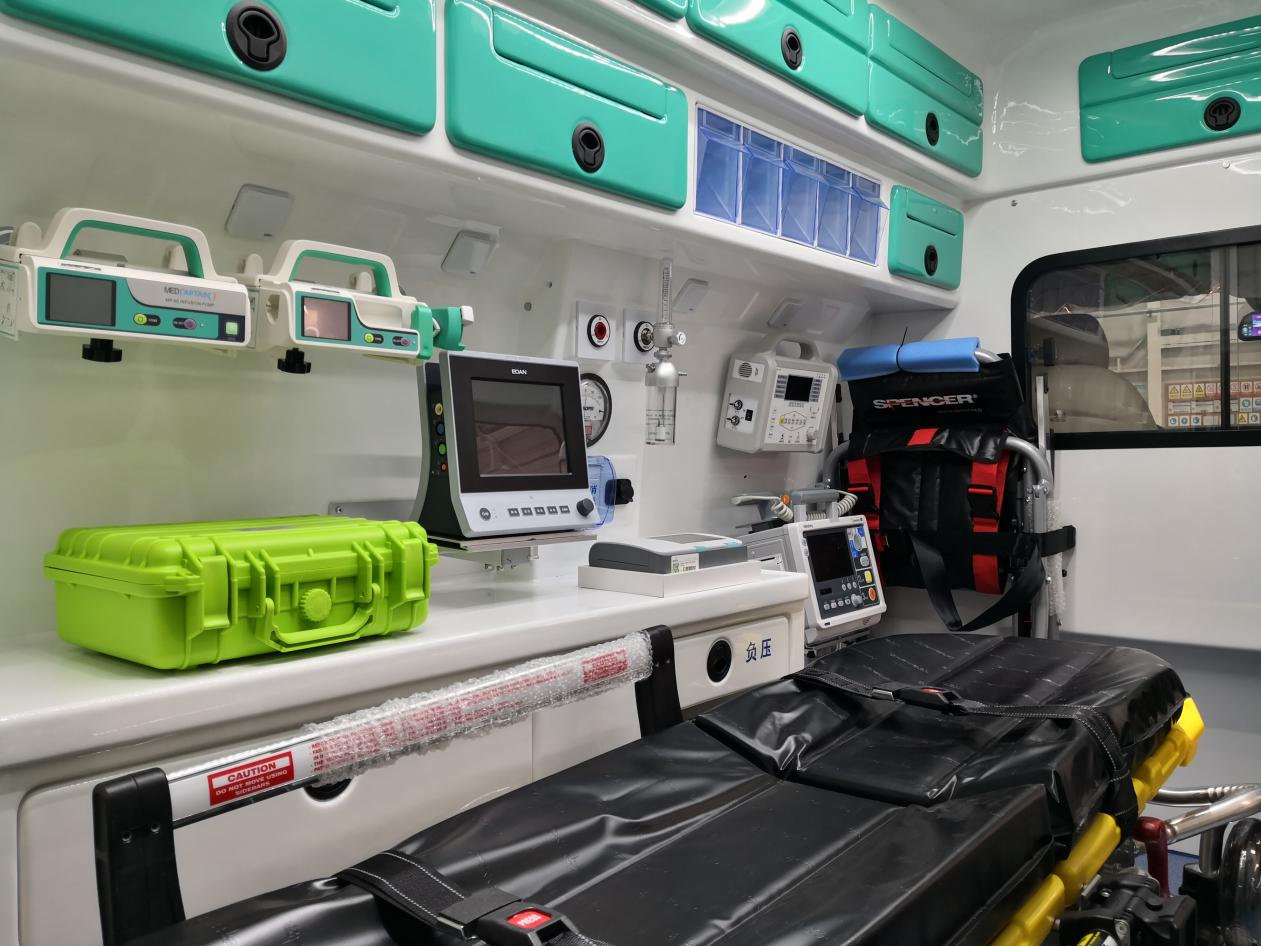old ambulance car
The old ambulance car represents a significant milestone in emergency medical transportation, serving as a crucial lifeline for countless patients over the decades. These vehicles, typically based on van or truck chassis, were specifically modified to accommodate medical equipment and personnel while ensuring rapid response capabilities. The interior configuration featured a spacious patient compartment equipped with basic medical supplies, a stretcher mounting system, and essential monitoring devices. The exterior was characterized by distinctive emergency lighting systems, sirens, and high-visibility markings that helped clear traffic during emergencies. Despite their relatively basic technology by today's standards, these vehicles incorporated innovative features for their time, including oxygen delivery systems, basic cardiac monitoring equipment, and two-way radio communications. The mechanical aspects often included heavy-duty suspension systems, reinforced electrical systems to power medical equipment, and engines capable of maintaining consistent performance under demanding conditions. These ambulances played a vital role in establishing the foundation for modern emergency medical services, demonstrating remarkable durability and reliability in various operating conditions.



